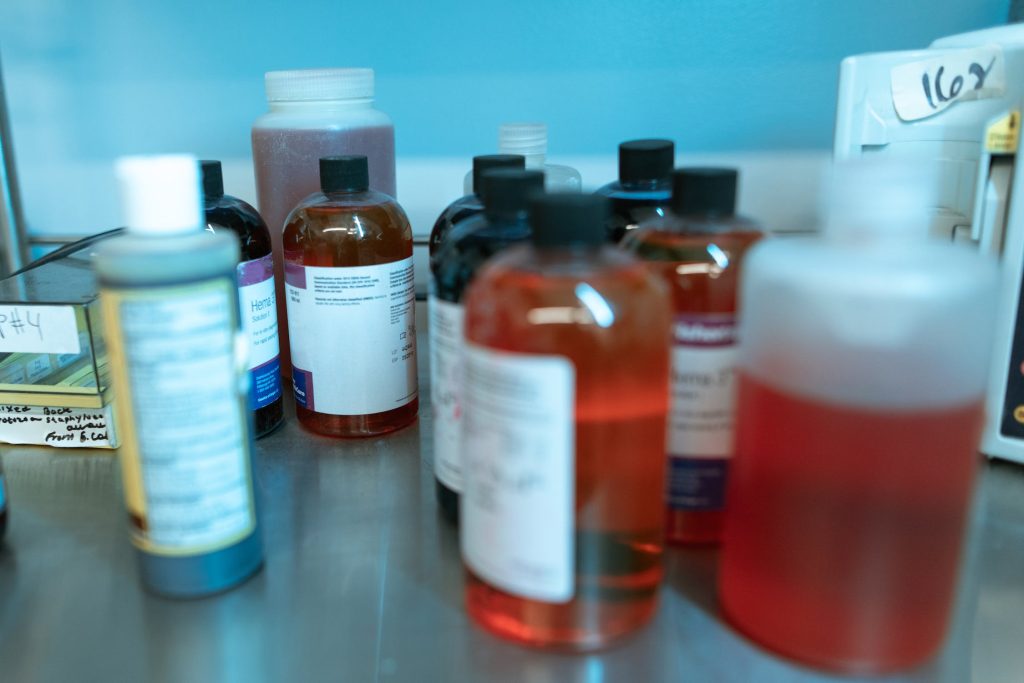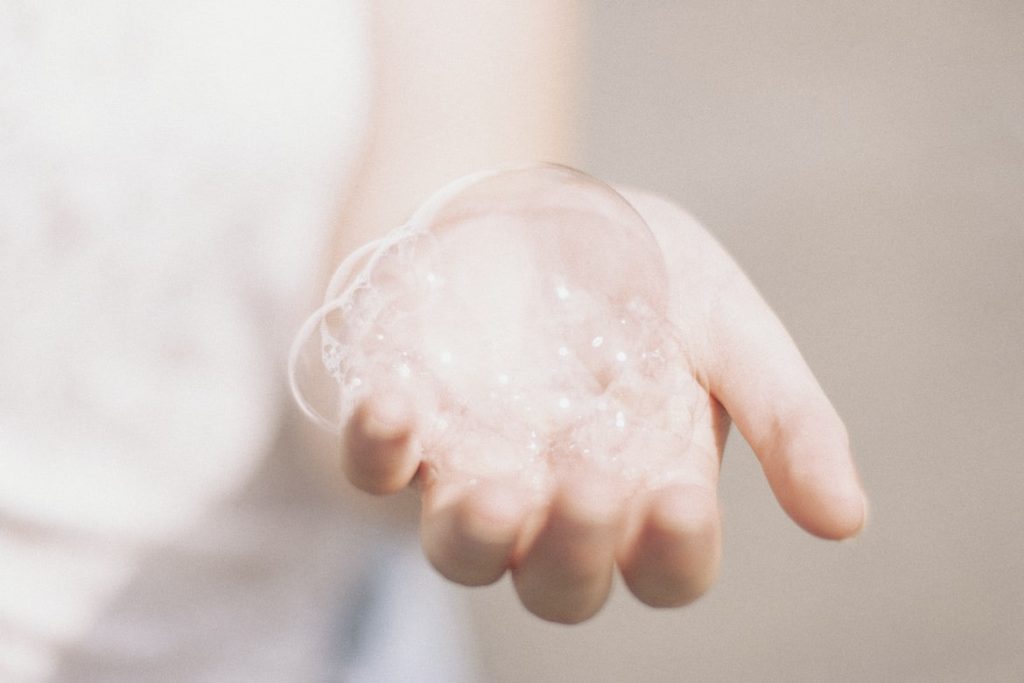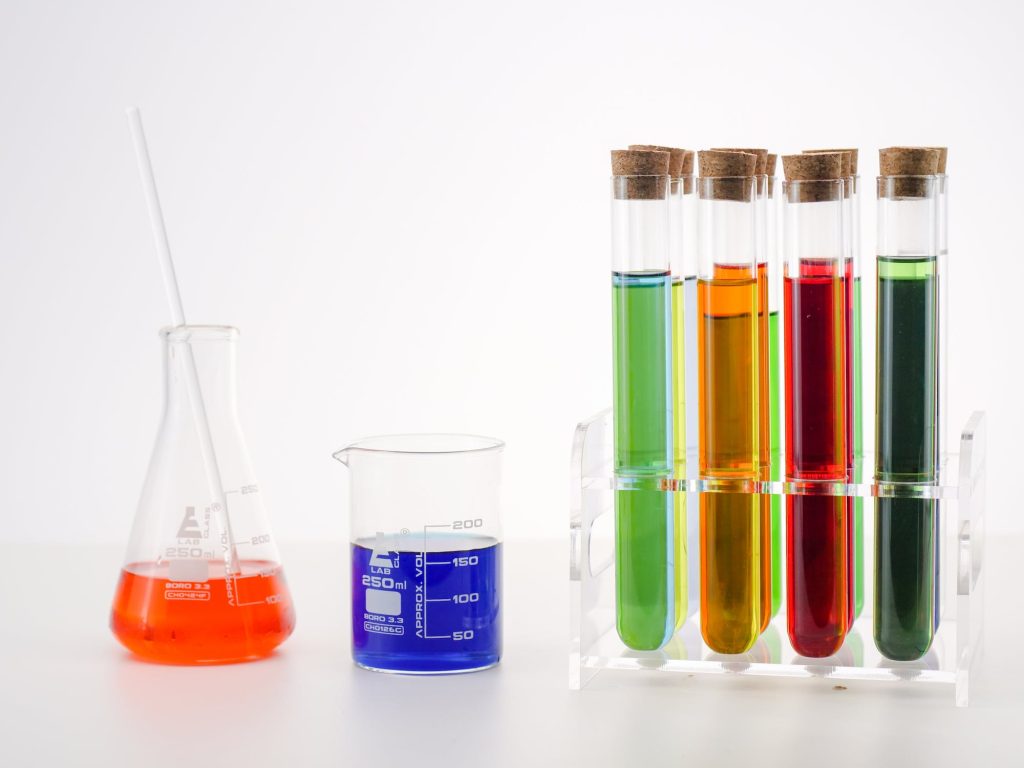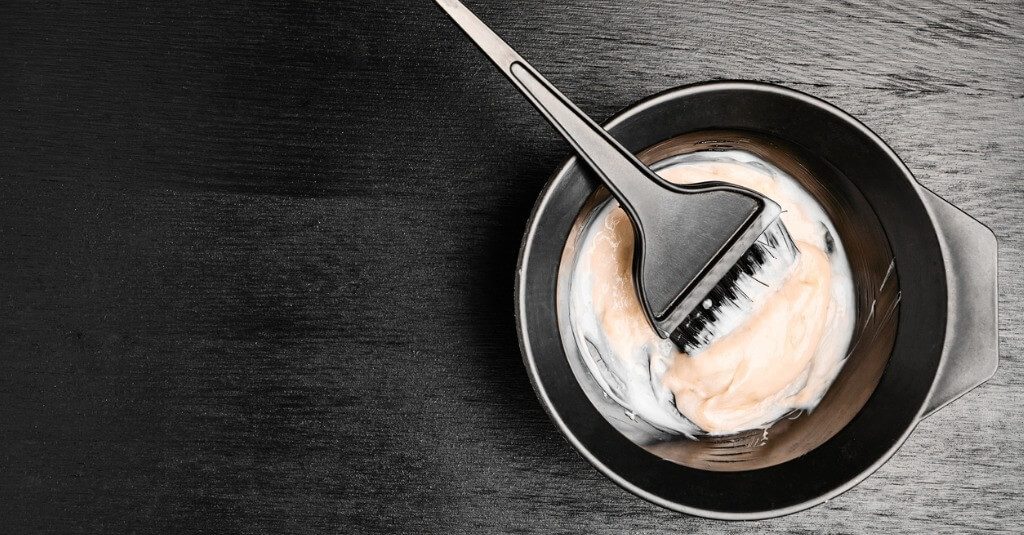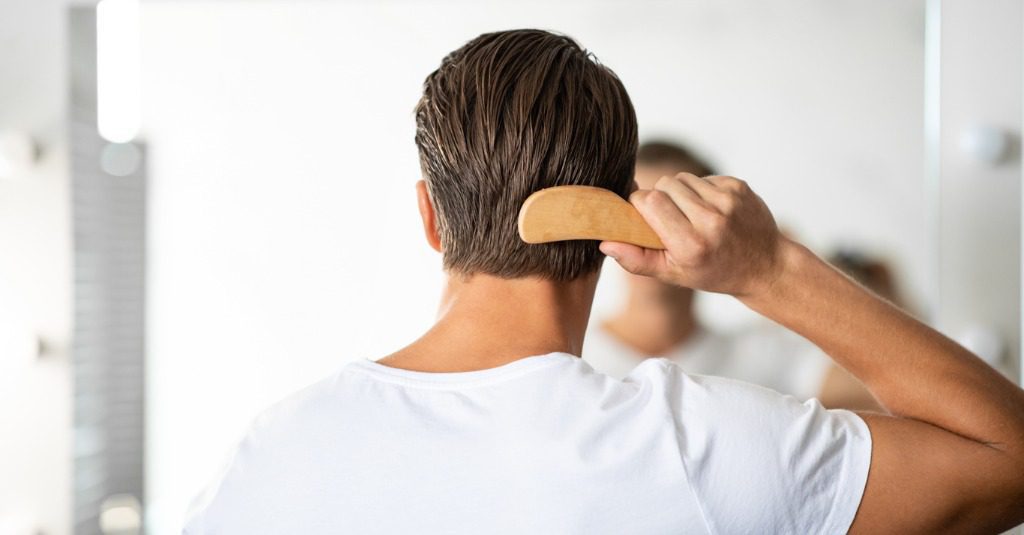10 Chemicals in Shampoo That Cause Hair Loss
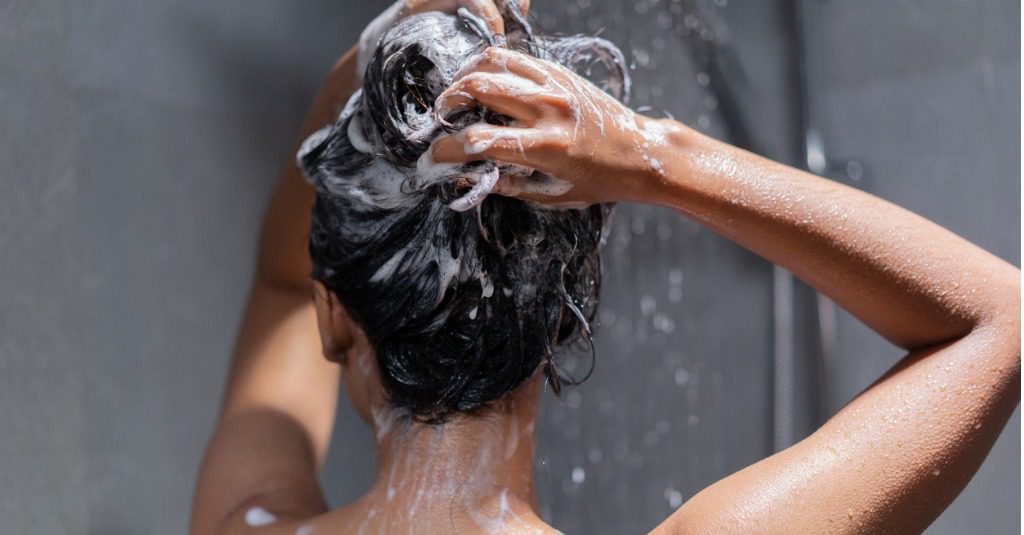
Are you noticing an increase in stray hairs in the shower drain? The problem might be age-related, or you might be using shampoos that cause hair loss without even realizing it.
When shopping for shampoo, you must be extremely careful about the ingredients. Many of the most popular shampoos and conditioners on the market are loaded with chemicals that can cause or exacerbate hair loss. The following are among the top shampoo ingredients that cause hair loss.
1. Sulfates
Sulfates are chemicals that are used as a cleansing or foaming agent. Many cleaning products contain sulfates, including detergents, cleansers, toothpastes, and shampoos. The purpose of sulfates is to work deeper into the hair, removing any dirt and excess oil that has built up on the scalp.
However, sulfates may be too effective at cleaning. This means that sulfates may strip your scalp of its natural protective oils, leaving the hair dry and brittle, which may contribute to hair loss. If you’re concerned about shampoos that cause hair loss, the two most common sulfates to avoid are sodium lauryl sulfates and sodium laureth sulfates.
2. Sodium Chloride
Another shampoo ingredient that causes hair loss is sodium chloride. Sodium chloride, also known as table salt, is used in shampoo and conditioner as a thickening agent. It is what creates that rich and creamy feel to most self-care products.
But don’t let that appealing sensation be the reason you purchase certain hair products. Similar to sulfates, sodium chloride can strip your hair of its natural oils, producing a dry, itchy scalp. This dryness can also cause hair breakage, resulting in hair thinning.
3. Parabens
Parabens are chemicals that are commonly used as preservatives in cosmetic products. They are used in cosmetics to prevent the growth of harmful bacteria and mold. However, parabens may disrupt the normal function of the hormone system in both males and females, which may encourage hair loss.
If that isn’t enough to steer you away from parabens, several studies have also found that parabens can “harm fertility and reproductive organs, affect birth outcomes, and increase the risk of cancer.” So the problem isn’t just limited to chemicals in shampoo that cause hair loss.
4. Diethanolamine
Diethanolamine (DEA) and triethanolamine (TEA) are two chemicals you should be aware of on your shampoo labels. These chemicals can harm your hair’s natural keratin, a protein that already exists in your hair that forms a protective shield around the hair shaft. When your hair follicles don’t have enough protein, you may start noticing hair shedding or thinning.
5. Alcohols
Some shampoos—particularly cheaper shampoos—are loaded with alcohols that can dry out your hair and destroy the follicles over time. While not all alcohols in shampoo are bad for your hair (for instance, Cetearyl alcohol and Stearyl alcohol have their benefits), certain alcohols should absolutely be avoided.
Be on the lookout for propanol and isopropanol, as these are common shampoo ingredients that cause hair loss. They can leave your hair limp and brittle.
6. Formaldehyde
Formaldehyde isn’t just used in funeral homes. Believe it or not, it exists in many popular shampoos. In small concentrations, formaldehyde isn’t usually a problem. But in large concentrations, it has been linked to cases of hair loss.
Over-exposure to formaldehyde has also been linked to vomiting, allergy attacks, and even cancer. So it’s probably best to avoid shampoos with formaldehyde altogether—even in small amounts. When reviewing the ingredients list, look for “methylene glycol.” This is the dissolved form of formaldehyde that appears in many hair care products.
7. Propylene Glycol
Propylene glycol is another one of the top shampoo ingredients that cause hair loss. This colorless liquid is incorporated into many shampoos to improve the consistency of the formula and help the active ingredients to penetrate the scalp more effectively.
But propylene glycol is also a known skin irritant. It’s absorbed into the scalp right along with the other ingredients, where it dries the skin and consequently weakens hair right at the root. Avoid any shampoos with this harsh ingredient.
8. Silicones
Silicones are a class of liquids that lock in moisture and help to keep hair hydrated. In the short term, this can result in improved texture and radiance. Over time, though, these ingredients can leave hair weak and lifeless. The following are just some of the silicone-based ingredients to watch out for on an ingredient label:
- Amodimethicone
- Cetearyl methicone
- Cetyl dimethicone
- Cyclomethicone
- Cyclopentasiloxane
- Dimethicone
- Dimethiconol
- Stearyl dimethicone
- Trimethylsilylamodimethicone
If you see any of the above ingredients, consider switching shampoos. Silicones are extremely common in shampoos that cause hair loss.
9. Synthetic Fragrances
Be wary of any shampoo that boasts of fragrances. Yes, those fragrances might leave your hair smelling like a meadow in springtime, but they’re also among the top shampoo ingredients that cause hair loss.
Synthetic fragrances often consist of dozens or even hundreds of chemicals, and those formulas can dry out your hair and irritate your skin. In some cases, these formulas even contain dangerous carcinogens. So it’s best to leave them on the shelf.
10. Synthetic Colors
Just as synthetic fragrances are among the top shampoo ingredients that cause hair loss, so are synthetic colors. Artificial coloring agents are used to improve the appearance of the shampoo itself—but at the expense of your hair. In many cases, these colors are made from petroleum-based ingredients, which can severely irritate your hair and scalp.
How to Avoid Shampoos That Cause Hair Loss?
If you want to avoid shampoos that cause hair loss, the best thing to do is read the ingredients. Hair care manufacturers are required by law to disclose the ingredients in their products, and you can find the ingredients list right on the label. In addition, here are some other things you can do:
- Read third-party reviews from both customers and hair care professionals.
- Look for shampoos made with natural, plant-based ingredients and botanicals. A lot of manufacturers are stressing healthier ingredients like tea tree oil, aloe, citrus, and even hemp.
- Be suspicious of cheap shampoos. If the price seems too good to be true, it probably is.
- Stop using your existing shampoo right away if you notice any signs of sudden, unexplained hair loss.
Of course, other aspects of your hair care regimen may also play a role. If you use a lot of harsh dyes or treatments, for example, this can also cause serious damage to your hair over time. So take time to consider all possible causes when determining whether your current shampoo is causing hair loss.
How Can I Treat My Hair Loss?
Always check the ingredients in your hair products. And if they make this list, then you may want to consider switching shampoos. If changing your hair products hasn’t made a difference, LaserCap Company, creators of The Original LaserCap technology, can help.
LaserCap is an FDA-cleared laser hair growth cap clinically proven to treat pattern hair loss. It’s safe and natural, and works for both men and women. It’s also mess-free, drug-free, and easy to use. Wear it from the comfort of your home less than 2 hours per week, and discover the results for yourself.
Even if your hair has been ravaged over the years by harsh shampoo ingredients that cause hair loss, LaserCap can address the problem at its root.

